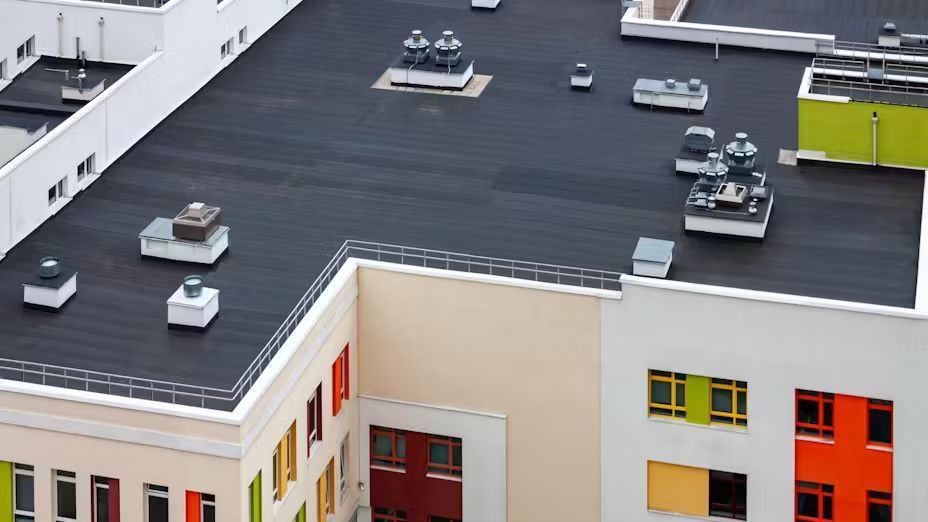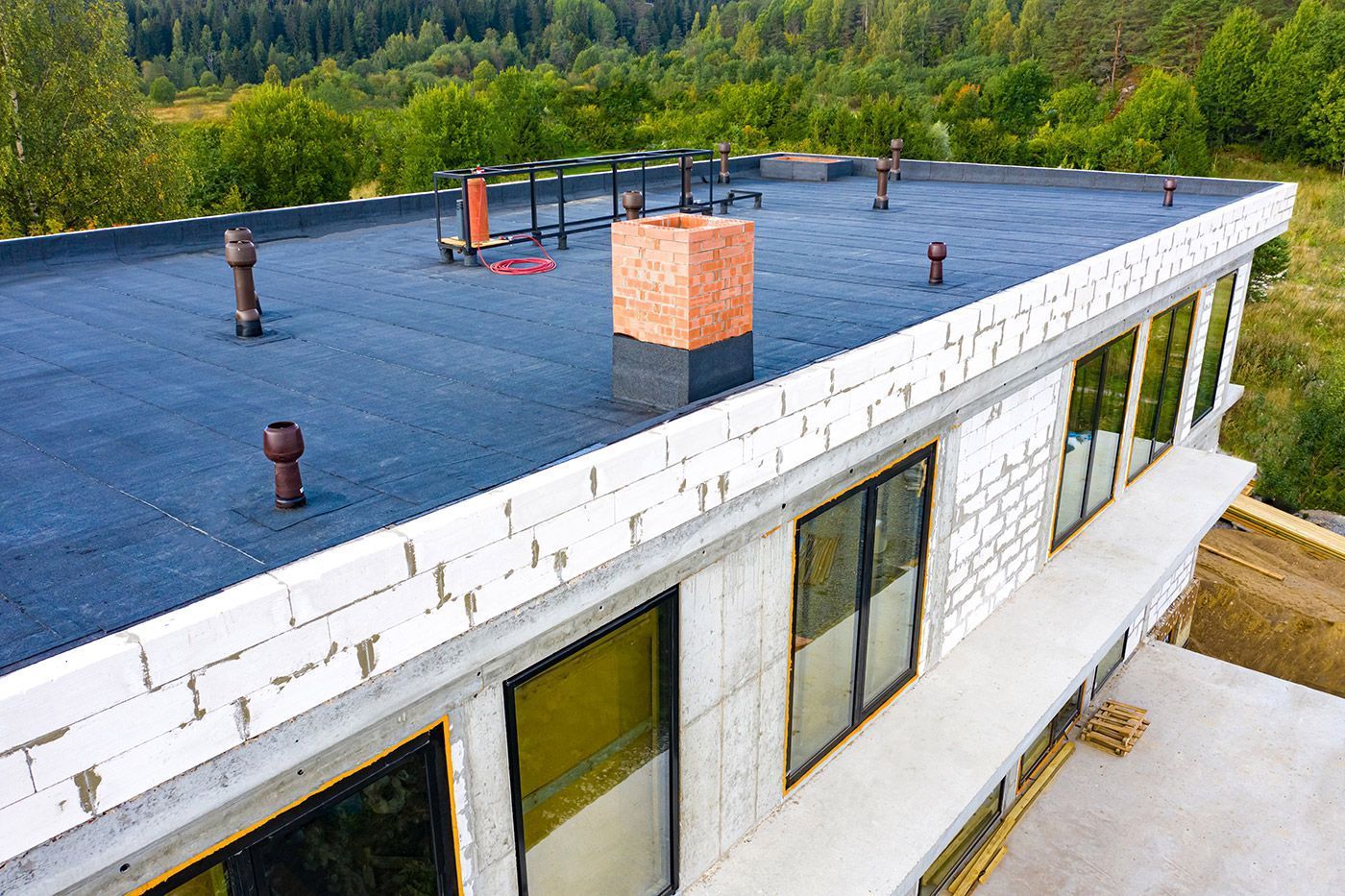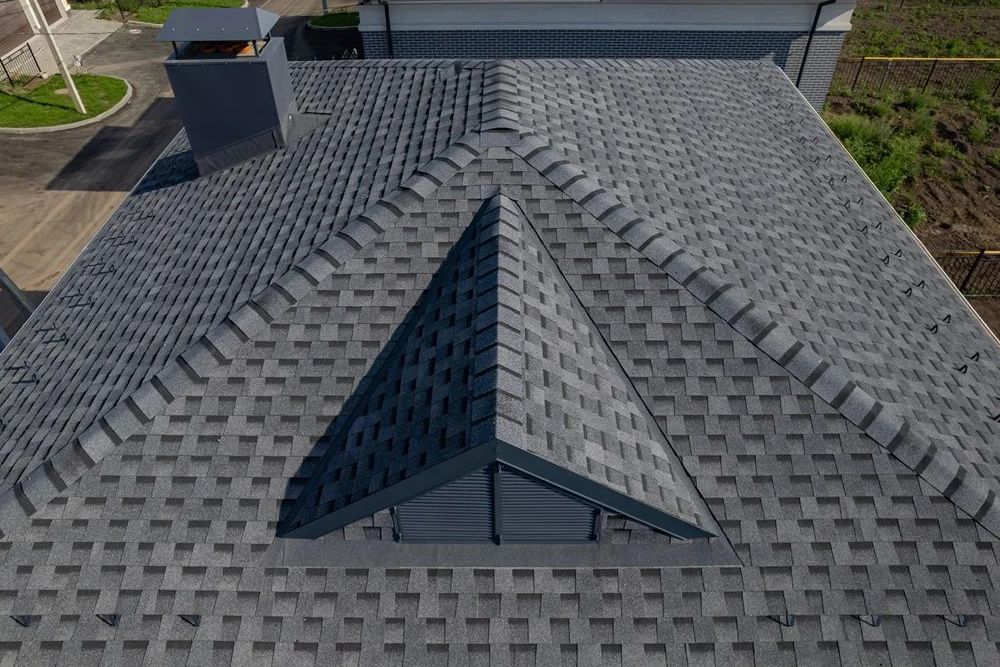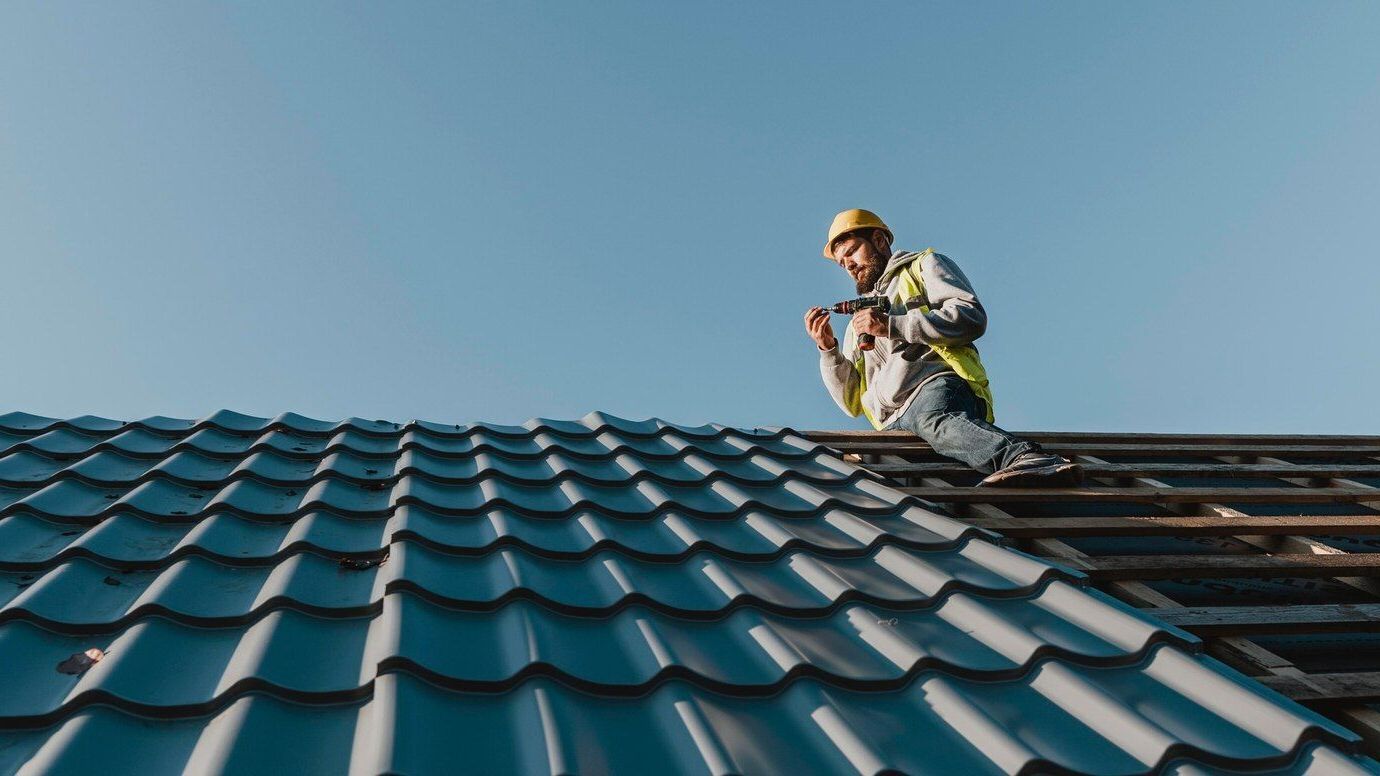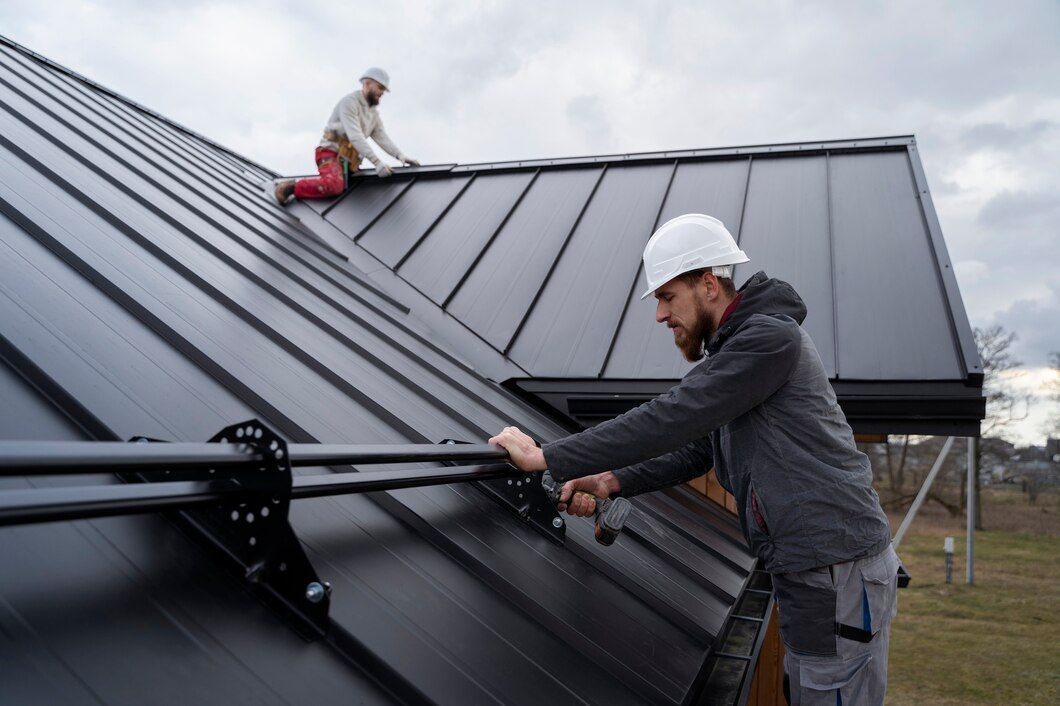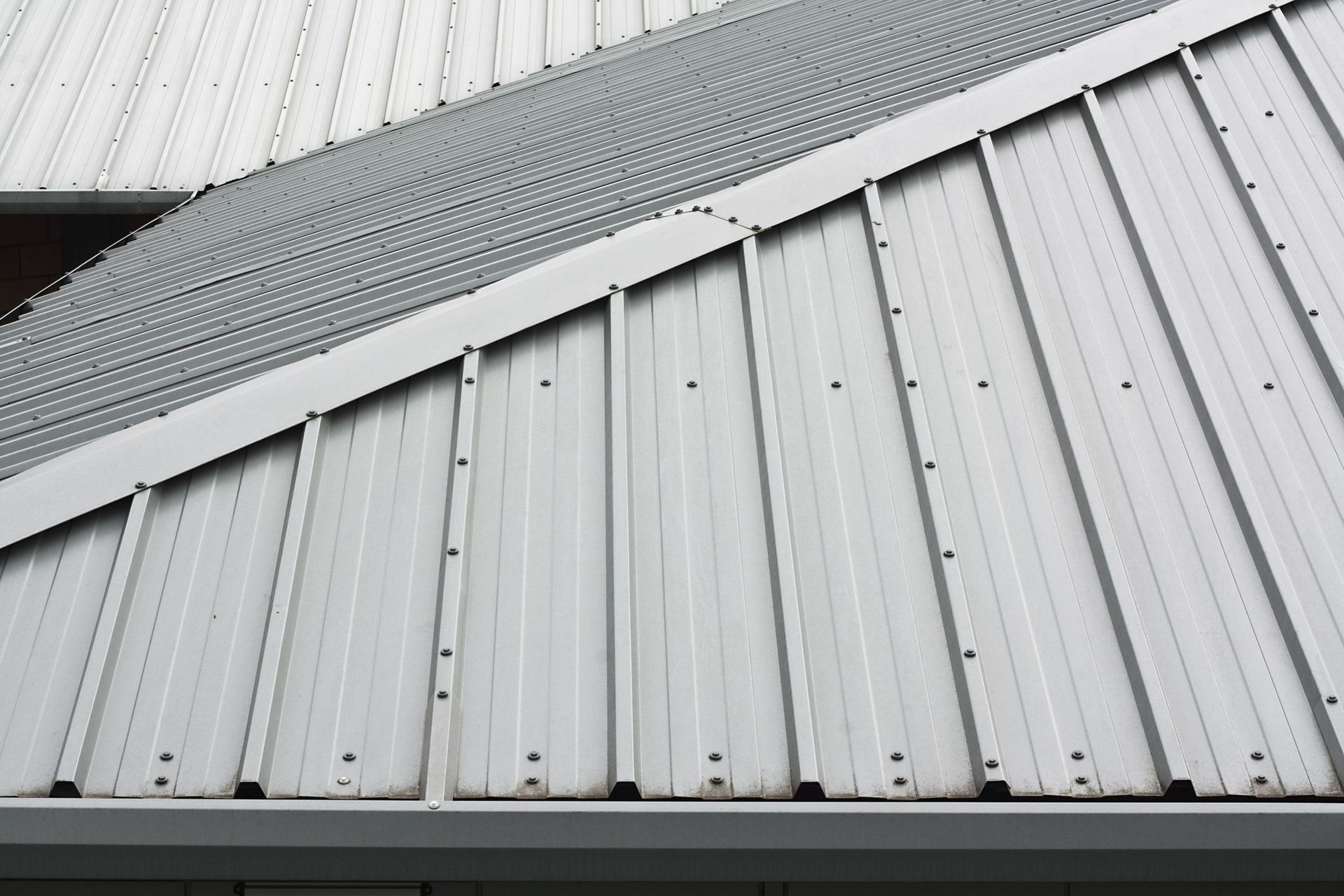What Is a Built Up Roof? Everything About BUR, Built-Up Roofing
What is Built Up Roofing?
Built-Up Roofing (BUR): A Durable Solution for Commercial Properties in Broken Arrow, OK
Built-up roofing (BUR) is a multi-layered roofing system commonly used for flat and low-slope roofs. Known for its durability and waterproof protection, this roofing method has been a trusted choice for commercial buildings for over a century. The process involves layering bitumen with ply sheets and topping it with an aggregate or protective coating, creating a weather-resistant barrier ideal for long-term performance.
One of the key advantages of BUR roofing is its strong resistance to UV exposure and environmental wear. Thanks to its multiple layers of bitumen and protective topcoat, built-up roofs are designed for long-term durability with minimal upkeep. However, routine inspections are essential to ensure their longevity. For commercial properties, the strength and reliability of BUR roofing make it a preferred option for property owners and facility managers. Additionally, the ability to customize bitumen types and roofing materials allows businesses to tailor their roofing system to specific structural and environmental needs.
When selecting a roofing solution for your commercial property, built-up roofing remains a time-tested option due to its proven durability. From installation to maintenance, BUR systems consistently deliver strength, efficiency, and longevity. Choosing the right roofing system is crucial for protecting your property, and built-up roofing continues to be a top choice in the commercial roofing industry.
The Components of a Built-Up Roofing System
A built-up roofing system (BUR) is a layered roofing solution primarily designed for flat or low-slope roofs. This system is carefully engineered to provide exceptional durability and weather resistance. Built-up roofing consists of multiple components, including reinforced membrane layers made of felts or fabrics. These layers, combined with bitumen or tar, create a waterproof barrier that helps prevent leaks and water damage. The use of multiple layers of tar and fabric membranes strengthens the roof’s resistance to moisture infiltration, making it an effective solution for flat-top roofs.
Another key component of a built-up roofing system is insulation. High-quality insulation materials help regulate indoor temperature, enhancing energy efficiency and indoor comfort. Insulation boards can also be incorporated to improve the thermal performance of the roof. The final layer in a BUR system consists of surface coatings or protective finishes. These coatings not only enhance waterproofing but also provide UV resistance, shielding the roof from sun exposure and environmental wear.
Built-up roofing has been a trusted system for low-slope and flat roofs due to its reliability and long-lasting performance. Each layer contributes to the roof’s overall strength and resilience, forming a highly effective protective shield. Understanding the different components of a built-up roofing system allows property owners to appreciate the advantages of this durable, time-tested roofing and waterproofing solution.
The Built-Up Roof Installation Process
Installing a built-up roof might sound complicated, but it’s really all about getting it just right for the long haul. First off, you want to make sure the site is all prepped and cleaned up; that way, you’ve got a solid base to work on. Then, the fun begins! You’ll start layering on asphalt and ply sheets in a smart way over the roof. These layers of bitumen are super important—they make the roof tough and reliable. The contractor will carefully lay each one down to prevent any gaps or weak spots. Just like that, more layers keep getting added on, reinforcing everything even more. This careful layering is what makes built-up roofing stand out; it really knows how to handle the elements!
Of course, you want skilled hands on deck and the right tools to pull it all off perfectly. The design phase is also a big deal because every roof and site comes with its own quirks that the team needs to consider for a smooth installation. Once it’s all set, the top layer of the built-up roof is ready to take on moisture and harsh weather like a champ. Regular check-ins during the installation help catch any hiccups before they become problems, making sure everything wraps up nicely. Finally, securing and sealing all those layers not only boosts the roof's lifespan but also cuts down on repairs. It’s easy to see why built-up roofing is a go-to choice for so many properties—it’s reliable and designed to last!
Maintenance and Repair of BUR
Taking care of your BUR (built-up roofing) system is super important if you want to make it last longer. Regular inspections should definitely be part of your maintenance routine—this way, you can catch any potential problems early on. When you think about maintaining your BUR, it’s all about clearing off debris, checking for any standing water, and making sure all those roofing materials are in tip-top shape. Keeping up with these tasks can save you from facing big, expensive repairs down the line.
Now, when it comes to flat roof repairs, they can vary. Sometimes, you might just need to seal up some cracks or replace a few sections; other times, it might be a bigger job that needs a pro to make sure everything is back to being safe and sound. Speaking of pros, hiring an experienced roofing contractor is a smart move—they’ll make sure repairs are done properly. And don’t forget about checking the flashing! It’s a small detail but so crucial for keeping leaks at bay.
Regular roof inspections are your best friend for avoiding unexpected damage and extending your roof’s lifespan. Keep an eye out for signs of wear like blistering or splitting, and don’t wait too long to address them—trust me, tackling these issues early can save you a lot of cash. A solid maintenance plan helps you steer clear of those last-minute repairs, keeping your BUR in great shape overall. When it comes to repairs, being accurate and timely is key to keeping your roof performing at its best!
Comparing BUR to Other Roofing Options
When selecting a roofing system for a property, built-up roofs (BUR) are recognized for their durability and longevity. They offer several advantages in comparison to other roofing materials, such as PVC roofing. The multi-layered design of BUR systems enhances their resistance to various weather conditions and impacts, while PVC roofing, although lightweight and reflective, may necessitate additional modifications to enhance its durability.
A significant advantage of BUR systems is their impressive waterproofing capabilities. The layered construction acts as a robust barrier against water infiltration, ensuring a reliable and long-lasting seal. On the other hand, PVC roofs, while effective in many applications, may not achieve the same level of protection without further enhancements.
In terms of materials, BUR systems typically utilize bitumen or asphalt in conjunction with reinforcing fabrics, which contributes to their cost-effectiveness. These components are generally more affordable than the specialized polymers used in PVC roofing, making BUR an appealing choice for larger projects. Additionally, some BUR materials can offer reflective properties that enhance energy efficiency by minimizing heat absorption.
In summary, while both PVC and BUR roofing systems have their respective advantages, built-up roofing is particularly noted for its durability, affordability, and superior waterproofing qualities. When evaluating roofing options, built-up roofs emerge as a long-lasting and economically viable solution suitable for a range of climates and building types.
Conclusion
Built-up roofing (BUR) is recognized for its durability, exceptional waterproofing capabilities, and fire resistance, making it a suitable choice for numerous commercial and industrial buildings. Understanding the components and installation process of a built-up roof can aid in assessing whether it meets your specific requirements. For inquiries about built-up roofing, BUR materials, or the installation process, consider contacting our knowledgeable team. Making an informed decision is crucial for ensuring the longevity and performance of your roof.
Q: What is Built-Up Roofing (BUR)?
A: Built-Up Roofing (BUR) is a multi-layered roofing system designed for flat and low-slope roofs. It consists of alternating layers of bitumen and reinforcing fabrics, finished with an aggregate or protective coating. This construction forms a durable, waterproof barrier that provides long-lasting protection against harsh weather conditions. BUR roofing systems are widely recognized for their reliability and minimal maintenance requirements.
Q: What are the benefits of Built-Up Roofing?
A: BUR roofing offers numerous benefits, including superior resistance to UV rays, extreme weather conditions, and moisture penetration. Its multi-layered design enhances durability and waterproofing, making it an ideal choice for commercial and industrial buildings. Additionally, BUR materials allow for customized solutions based on environmental and structural needs.
Q: How is Built-Up Roofing installed?
A: The installation process begins with thorough surface preparation and cleaning. Next, multiple layers of asphalt and reinforcing fabrics are applied over the roof substrate. These layers are gradually built up to improve structural strength and waterproofing. For optimal results, it’s essential to rely on skilled roofing professionals who use specialized equipment to ensure proper bonding and longevity.
Q: What maintenance is required for Built-Up Roofing?
A: Regular inspections and maintenance are vital for extending the lifespan of a BUR roof. This includes removing debris, checking for water pooling, and ensuring all materials remain intact. Timely repairs help prevent major roofing issues and costly damage. Working with a professional roofer ensures accurate assessments and proper upkeep.
Q: How does Built-Up Roofing compare to other roofing systems?
A: BUR roofing stands out for its exceptional durability, waterproofing, and cost-effectiveness compared to PVC roofing. Its layered construction enhances insulation and resistance to physical damage. While PVC roofing is lightweight and reflective, BUR roofing provides superior waterproofing due to its bitumen-based layers. Additionally, BUR materials—such as asphalt and tar—are typically more budget-friendly than the advanced polymers used in PVC roofing, making it an excellent cost-effective choice for large-scale roofing projects.
OUR RECENT ARTICLES

